NYC’s First Micro Apartment Complex Now Accepting Applications, Units $950/Month
Find out how to apply here
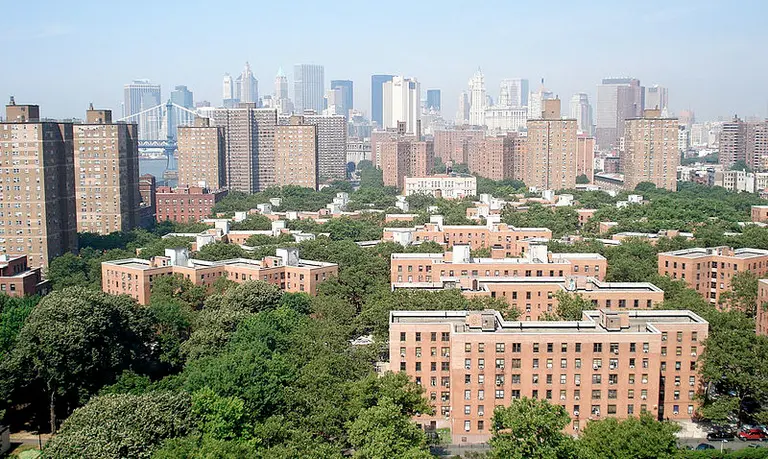
Photo via Wiki Commons
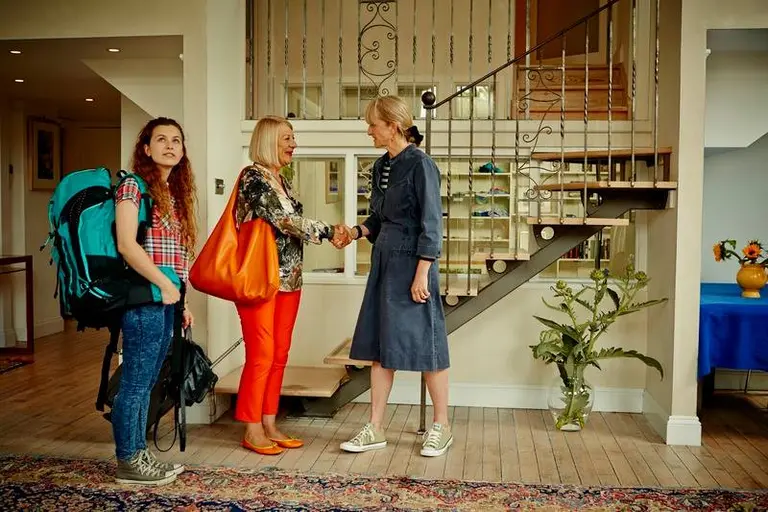
Photo courtesy of Airbnb via Facebook
The heated debate around Airbnb doesn’t seem like it’ll be cooling off any time soon. Findings show that roughly 58% of the room-share listings here in NYC are illegal, and earlier this year the city ruled in favor of evicting a rent-stabilized tenant for listing his apartment at triple the price of his rent. Those against Airbnb claim […]
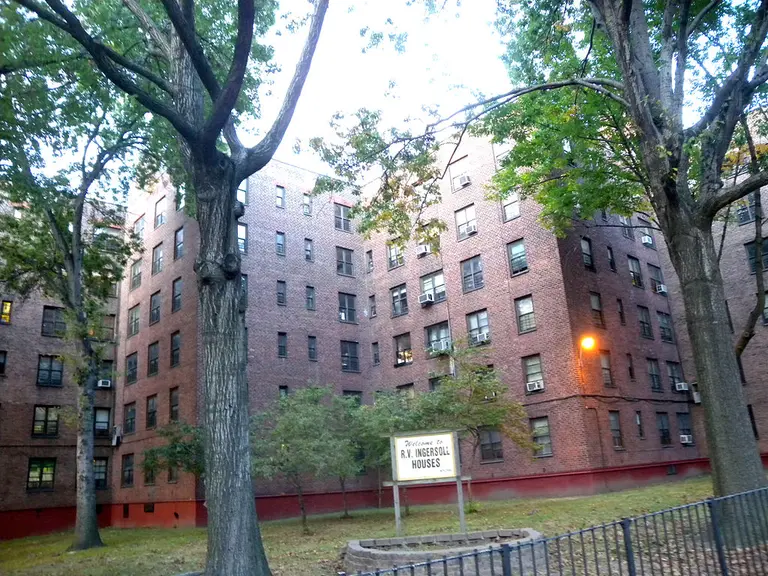
Photo via Wiki Commons
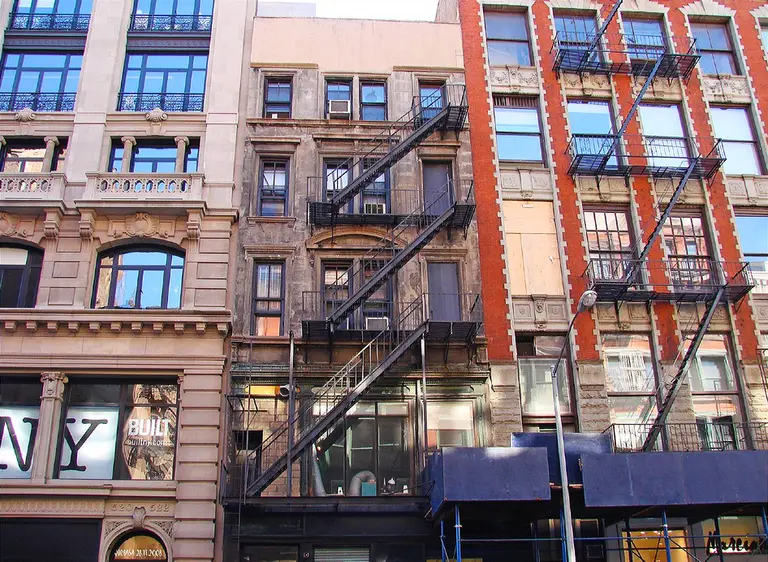
Image by Jorbasa Fotografie / Flickr
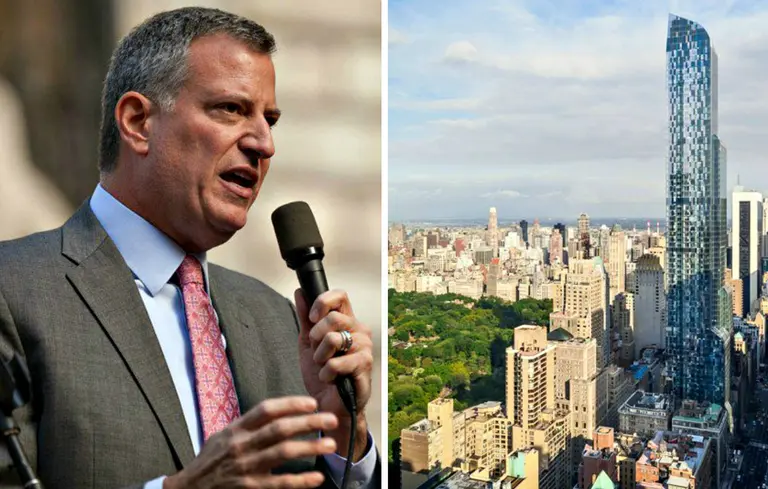
Mayor de Blasio via @KevinCase via photopin cc; One57 © Wade Zimmerman courtesy of Agence Christian de Portzamparc (ACDP)
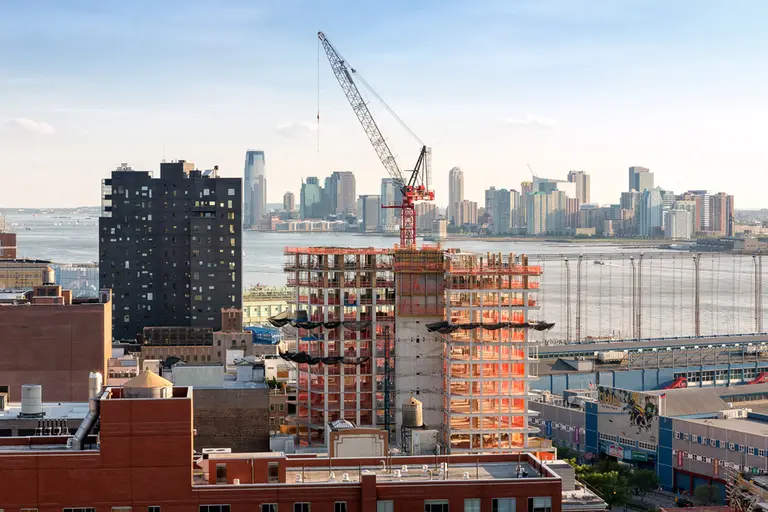
Norman Foster’s 551W21 under construction
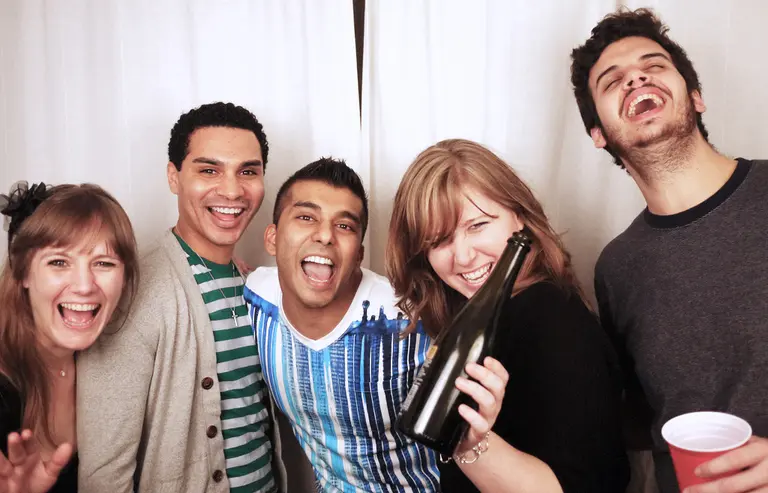
Photo: Barry Pousman
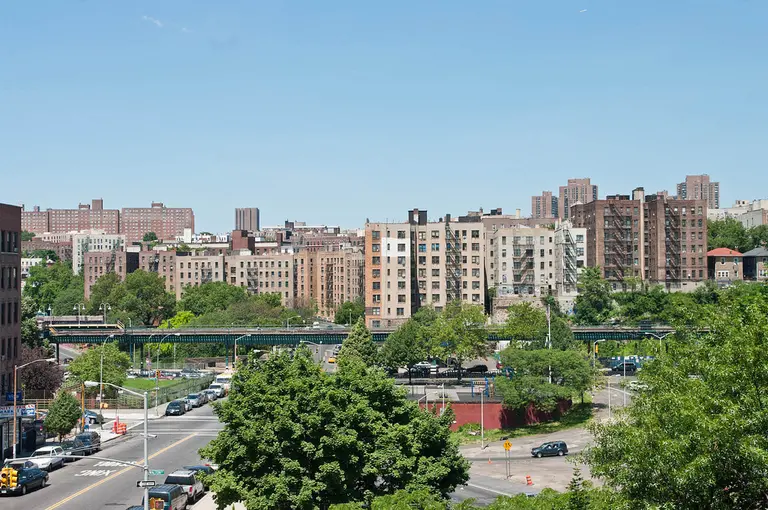
Image: View Grand Concourse via photopin (license)